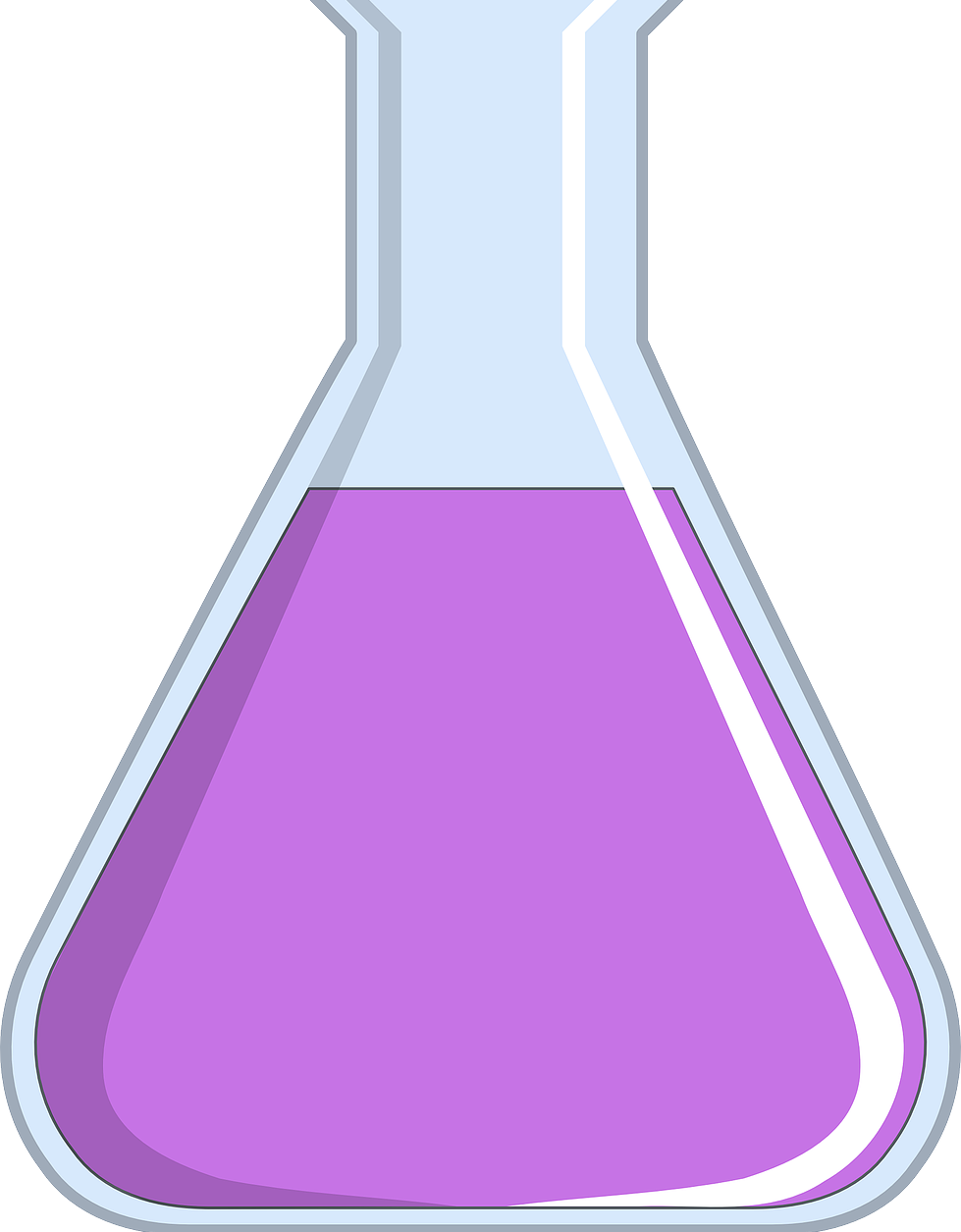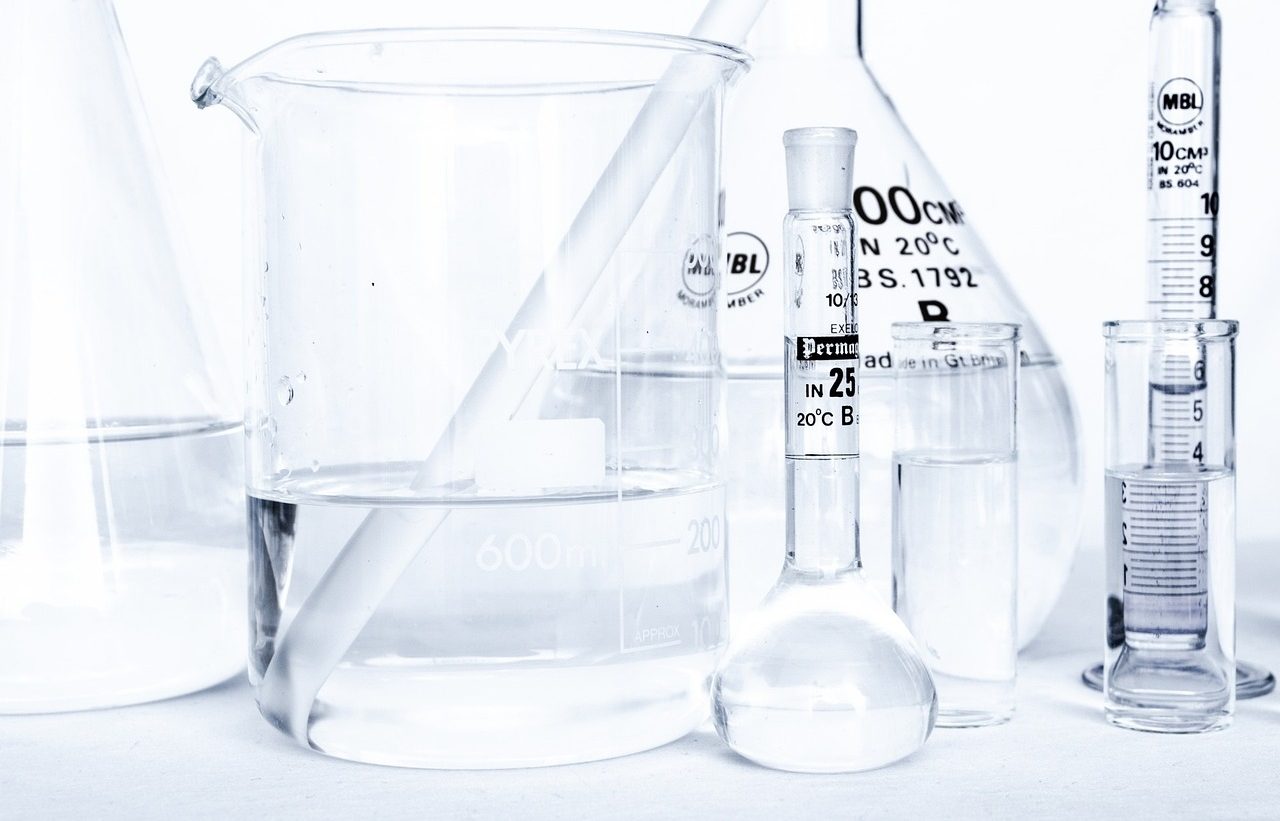
Raoult's law is an appropriate resource to establish the total vapor pressure associated with a mixture of a pair of volatile liquids.
Raoult's Law is the name of a thermodynamic postulate that alludes to the French chemist and physicist who instituted it around 1887: François Marie Raoult .
This principle indicates that the vapor pressure (considered at a partial level) of each of the constituents of an ideal mixture based on liquids is equal (equivalent) to the vapor pressure of the pure component when multiplied by the mole fraction linked to the mixture.
In this framework, it is observed that the relative low experienced by the vapor pressure that characterizes a dilute non-volatile solute solution is equal, focusing on the solution , to the mole fraction of solute .
Considerations on Raoult's law
Beyond knowing the theoretical content of Raoult's law and knowing in which cases and how it is applied, it is constructive to take into account some considerations regarding this law that, initially, was interpreted as an idealized experimental law .
Approached from the scope of ideal solutions , Raoult's law helps to make deductions about the chemical potential of each of the components of a certain liquid.
It is also possible to use Raoult's law in an equation intended for a single element of an ideal solution . When the balance of the components of a solution is achieved, there are chances of determining the total vapor pressure of the solution in question by combining Dalton's law of partial pressures and the aforementioned Raoult's law .
Likewise, it can be adapted to non-ideal solutions as long as two factors are taken into account that reflect the interaction between molecules that are part of different substances. The first of them is the fleeting coefficient , while the remaining one is the activity coefficient .

Through Raoult's law, predictions can be made about the boiling or freezing point of a solution.
Applications
Raoult's law is extremely useful to separate pure compounds that appear in a solution . For this purpose, distillation is used, a technique with multiple modalities. This principle (along with Dalton's law ) governs, for example, idealized distillation models and presumes that it is possible to achieve liquid-vapor equilibrium .
Also in simple distillation (which to be effective must involve a separation between liquids and non-volatile oils or solids, or liquids where there is a great difference between the boiling points ) there is a concentration of vapors aligned with Raoult's law . If there are, among the elements of a mixture, close boiling points, then fractional distillation becomes known as a separation method based on vaporization and condensation cycles.
There are experiments carried out by scientists and industrial procedures, to detail other cases for reference, in which it is beneficial and necessary to know how to take advantage of Raoult's law in order to predict either the freezing point or the boiling point of a solution. .
Raoult's law and different solutions
When examining the link between real solutions and Raoult's law, deviations from the postulate applied only to ideal solutions are detected. A negative deviation occurs, say experts on the subject, when the vapor pressure of a certain mixture is lower than expected. This deviation occurs when there is a force between particles in the mixture that is greater than the average force that is evident between particles belonging to pure liquids . If the vapor pressure , on the other hand, is higher than expected in the context of Raoult's law , then a positive deviation is referred to.
As an example to facilitate the understanding of this type of data. The system made up of acetone and chloroform presents, in relation to Raoult's law , a negative deviation . This indicates that there is an attractive interaction between both components that is described with the concept of hydrogen bond .
It cannot be overstated that, in the case of electrolyte solutions , the correction factor for solutions (also known as van 't Hoff factor ) must be included when expressing Raoult's law .

Raoult's law is key to the distillation process of ideal mixtures.
Limitations
Raoult's law , as seen when analyzing its benefits but also its critical points, is advantageous for certain scenarios but is not free of limitations .
It is not possible to apply it, to specify a particular case, in dissociations or associations of solutes in a certain solution. Specifically, this principle is suitable for solutions with a high percentage of dissolution and only those solutions with non-volatile solutes can be subject to said solution. Raoult's law is even an ally for the study of thermodynamics referring to the liquid-vapor equilibrium of a binary mixture that includes volatile compounds .
As in the engineering sector mostly non-ideal solutions are usually studied, it is vital to be clear about what and what deviations are recognized from Raoult's law .
